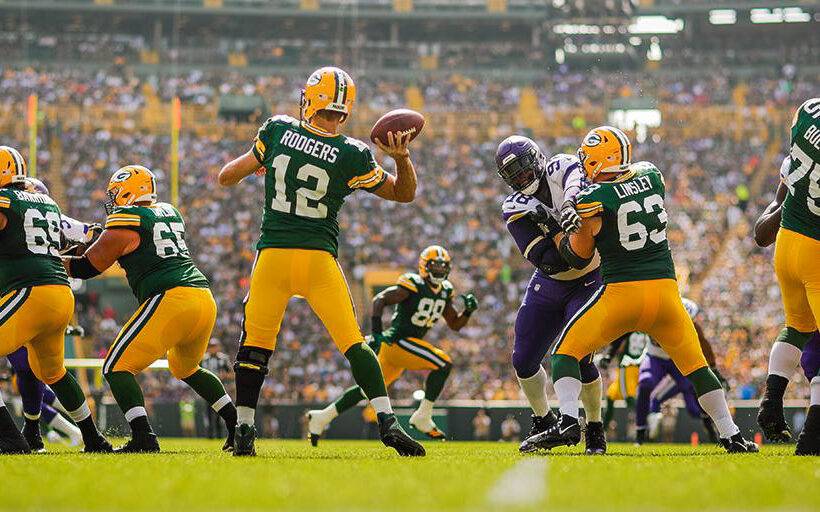Nearly every trend arriving in Germany – or Europe in general – comes from the US. No matter what topic, you’ve probably seen it first in the States.
But today, I want to write about a topic where this is not the case. For a few years, there’s been a trend in soccer – a statistic called “expected goals”. Every area on the field has a probability to score a goal (it gets higher when the distance to the goal gets smaller) and when you shoot from a position and multiply it with the number of shots, you get a number that represents the “expected goals (xG).”
Now, there’s a comparing statistic in American football: “expected points” or “expected points added” – it exists for a long time, ESPN explained it 2012 already, but it still isn’t a popular stat until today.
Expected Points and EPA explained
To calculate the expected points, every down & distance gets a number based on analysis of former plays from this down & distance. If you have the ball on your own 20-yard line with a 1st&10, you’ll score +0.4 net points more than your opponent who does not have the ball at the moment at your next play. If you have the ball with a 1st&10 at the opponents 20-yard line, you’ll score +4 net points more than your oponnent.
Now, let’s get to an actual play: You have the ball at midfield with a 1st & 10 and you get a 5-yard gain. The first situation had +2 EP, the second one (2nd & 5 at the 45) +2.1. With this 5 yards, you gained +0.1 expected points added.
Advantages and disadvantages of EP / EPA
This metric shows how good a team is getting the ball to the other side and preventing bad situations on offense and defense. It does not show how efficient a team is scoring points and it does also not work for garbage time, when a team with a big lead rather runs time off the clock than scoring.
But it shows which team is superior and which team plays better.
Yards per play is a value to demonstrate efficiency. But it does not accomodate the value of getting a new first down after a 4th & 2 in the redzone. The value of a certain play gets lost and a team that is strong in the redzone gets a lower value than a team that throws 60-yard bombs all the time and never scores a touchdown because it cannot convert 3rd- and 4th downs in the redzone.
So, to show which team “should have won”, expected points are a better basis for debate than yards per play. If you want to look them up, pro-football-reference.com shows the expected points for offense, defense and special teams after every game.
Max Sachs is an international Packers fan from Germany. As a part of the Packers Germany, he tries to convince everyone around him to cheer for the greatest franchise on earth - or to start with, for American football in general. You can find him on Twitter @KaesekopfDE (the german translation for cheesehead).

5 responses to “Football metrics: Why we should replace yards per play”
excellent/sehr gut!
Thanks a lot! / Dankeschön!